Methipred 2 | Tablet | 15 pcs
৳ 45.23
Brand Name: Methipred Tablet
Generic: Methyl Prednisolone
2 mg
Manufacturer: General Pharmaceuticals Ltd.
Unit Price: ৳ 3.02 (4 x 15: ৳ 180.90)
Strip Price: ৳ 45.23
Indications
Rheumatic Disorders: As adjunctive therapy for short-term administration (to tide the patient over an acute episode orexacerbation) in: Rheumatoid arthritis, including juvenile rheumatoid arthritis (selected cases may require low-dose maintenance therapy), Ankylosing spondylitis, Acute and subacute bursitis, Synovitis of osteoarthritis, Acute nonspecific tenosynovitis, Post-traumatic osteoarthritis, Psoriatic arthritis, Epicondylitis, Acute gouty arthritis
Collagen Diseases: During an exacerbation or as maintenance therapy in selected cases of: Systemic lupus erythematosus Systemic dermatomyositis (polymyositis), Acute rheumatic carditis
Dermatologic Diseases: Bullous dermatitis herpetiformis, Severe erythema multiforme (Stevens-Johnson syndrome), Severe seborrheic dermatitis, Exfoliative dermatitis, Mycosis fungoides, Pemphigus, Severe psoriasis
Allergic States: Control of severe or incapacitating allergic conditions intractable to adequate trials of conventional treatment: Seasonal or perennial allergic rhinitis, Drug hypersensitivity reactions, Serum sickness, Contact dermatitis, Bronchial asthma, Atopic dermatitis
Ophthalmic Diseases: Severe acute and chronic allergic and inflammatory processes involving the eye and its adnexa such as: Allergic corneal marginal ulcers, Herpes zoster ophthalmicus, Anterior segment inflammation, Diffuse posterior uveitis and choroiditis, Sympathetic ophthalmia, Keratitis, Optic neuritis, Allergic conjunctivitis Chorioretinitis, Iritis and iridocyclitis
Respiratory Diseases: Symptomatic sarcoidosis, Berylliosis, Loeffler’s syndrome not manageable by other means, Fulminating or disseminated pulmonary tuberculosis when used concurrently with appropriate antituberculous chemotherapy, Aspiration pneumonitis
Hematologic Disorders: Idiopathic thrombocytopenic purpura in adults, Secondary thrombocytopenia in adults, Acquired (autoimmune) hemolytic anemia, Erythroblastopenia (RBC anemia), Congenital (erythroid) hypoplastic anemia
Neoplastic Diseases: For palliative management of: Leukemias and lymphomas in adults, Acute leukemia of childhood
Edematous States: To induce a diuresis or remission of proteinuria in the nephrotic syndrome, without uremia, of the idiopathic type or that due to lupus erythematosus.
Gastrointestinal Diseases: To tide the patient over a critical period of the disease in: Ulcerative colitis, Regional enteritis
CNS System: Acute exacerbations of multiple sclerosis.
Therapeutic Class
Pharmacology
Dosage & Administration
The initial dosage of Methyl Prednisolone Tablets may vary from 4 mg to 48 mg of Methyl Prednisolone per day depending on the specific disease entity being treated. In situations of less severity lower doses will generally suffice while in selected patients higher initial doses may be required. The initial dosage should be maintained or adjusted until a satisfactory response is noted. If after a reasonable period of time there is a lack of satisfactory clinical response, Methyl Prednisolone should be discontinued and the patient transferred to other appropriate therapy. It should be emphasized that dosage requirements are variable and must be individualized on the basis of the disease under treatment and the response of the patient. After a favorable response is noted, the proper maintenance dosage should be determined by decreasing the initial drug dosage in small decrements at appropriate time intervals until the lowest dosage which will maintain an adequate clinical response is reached. It should be kept in mind that constant monitoring is needed in regard to drug dosage. Included in the situations which may make dosage adjustments necessary are changes in clinical status secondary to remissions or exacerbations in the disease process, the patient’s individual drug responsiveness, and the effect of patient exposure to stressful situations not directly related to the disease entity under treatment; in this latter situation it may be necessary to increase the dosage of Methylprednisolone for a period of time consistent with the patient’s condition. If after long-term therapy the drug is to be stopped, it is recommended that it be withdrawn gradually rather than abruptly.
Multiple Sclerosis: In treatment of acute exacerbations of multiple sclerosis daily doses of 200 mg of prednisolone for a week followed by 80 mg every other day for 1 month have been shown to be effective (4 mg of methylprednisolone is equivalent to 5 mg of prednisolone).
Interaction
Contraindications
Side Effects
Pregnancy & Lactation
Precautions & Warnings
Storage Conditions
| Generic Name | Methyl Prednisolone |
|---|---|
| Size | 2 mg |
Only logged in customers who have purchased this product may leave a review.



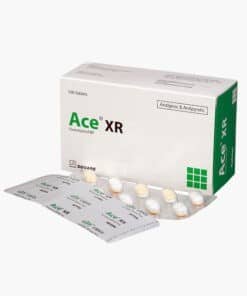
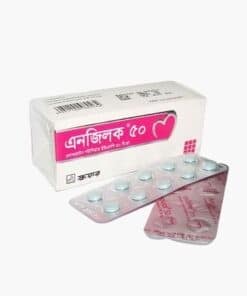
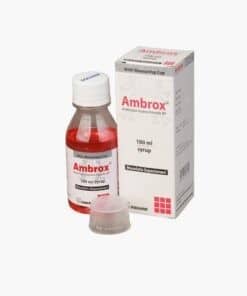
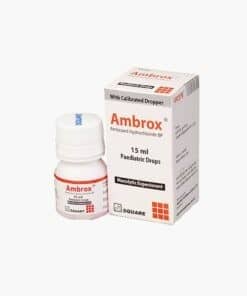
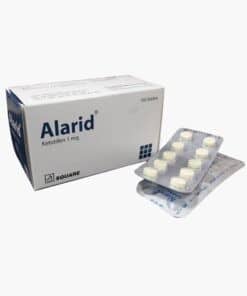

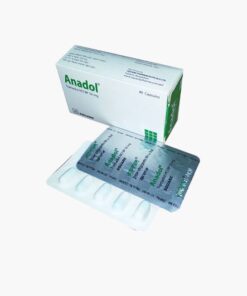
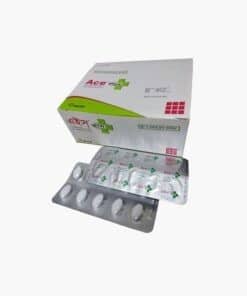
Reviews
There are no reviews yet.